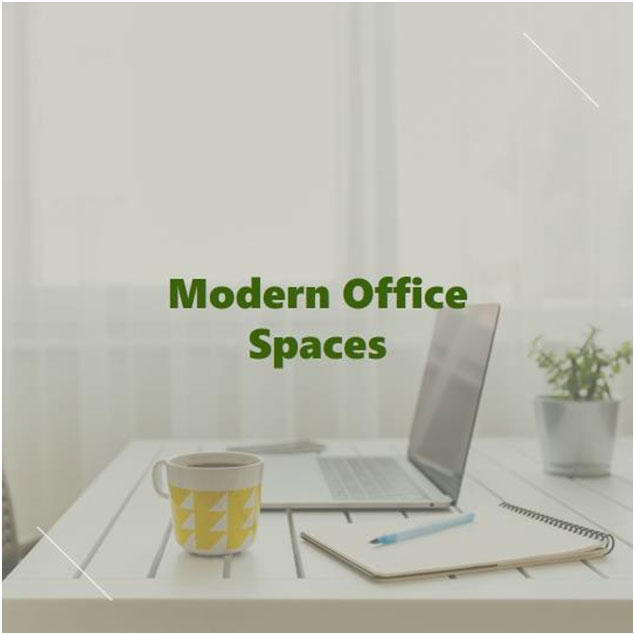
Image MS DesignerThe decision of where to establish your office is pivotal, influencing everything from daily operations and employee morale to long-term growth and profitability. With Clifton Park (NY) and similar regions offering diverse options from urban cores to serene rural landscapes, the debate between urban, suburban, and rural office locations has never been more relevant. A 2019 report by the Urban Land Institute highlighted a shift in preference towards more flexible and diverse work environments, underscoring the importance of making an informed choice.
Understanding the Terrain

Image by MS Designer
Urban Office Spaces
Urban environments, known for their vibrant energy and bustling activity, are traditionally favored for office locations due to their proximity to business ecosystems, talent, and infrastructure. Offices for rent in these areas benefit from:
- Networking opportunities with a high concentration of businesses, startups, and professionals.
- Accessibility via public transportation, making it easier for employees and clients to commute.
- Amenities like restaurants, cafes, and entertainment venues that enrich the work-life balance.
However, challenges such as high rental costs and daily congestion can impact operational costs and employee satisfaction.

Image by MS Designer
Suburban Office Spaces
The suburban office market has evolved, offering a compelling mix of affordability, space, and community. Suburban locations are characterized by:
- Cost-effectiveness, with more affordable commercial space for rent compared to urban centers.
- Space and parking, offering larger office spaces and ample parking.
- Community engagement, fostering a sense of belonging among employees and businesses.
Yet, limitations include a smaller talent pool and potential reliance on personal transportation, raising questions about accessibility and environmental impact.

Image by MS Designer
Rural Office Spaces
Rural offices present a unique proposition, emphasizing tranquility, space, and connection with nature. Benefits include:
- Lower operational costs, with commercial property for rent at significantly lower rates.
- Scenic environments, providing a peaceful and inspiring workplace setting.
The primary challenges involve accessibility for employees and clients, and a limited range of local amenities, which may affect recruitment and lifestyle choices.
Analyzing Your Business Needs
Selecting the right office location requires a thorough analysis of your business’s specific needs and goals. Considerations include:
- Proximity to Clients: Urban locations might be preferable for businesses requiring frequent face-to-face interactions.
- Talent Acquisition and Retention: Consider where your ideal employees live and the appeal of your office location to them.
- Operational Costs: Evaluate how the cost differences across locations affect your bottom line.
- Company Culture and Image: The location should align with your brand’s image and culture you wish to cultivate.
The Impact on Employees and Operations
The office location influences not just the business operations but also the well-being and productivity of your employees. Aspects to consider include:
- Commuting and Accessibility: Longer commutes can affect employee satisfaction and retention.
- Work-Life Balance: Proximity to amenities and the general atmosphere can impact employees’ work-life balance.
- Collaboration and Innovation: The right environment can foster teamwork and creative solutions.
Financial Considerations and Growth Potential
Beyond the initial costs, think about the long-term financial implications and the potential for growth in each location. This includes assessing initial and ongoing costs, expansion flexibility, and the impact on operational efficiency.
Making the Decision: A Step-by-Step Guide
- Assess Business Goals and Requirements: Align location with strategic objectives.
- Research and Site Visits: Conduct detailed research, including visiting potential sites.
- Consult with Stakeholders: Engage employees, clients, and other key stakeholders in the decision-making process.
Conclusion
Selecting the right office location is a strategic decision that requires careful consideration of various factors, including operational needs, employee well-being, financial implications, and long-term business goals. Urban, suburban, and rural locations each offer unique advantages and challenges. By thoroughly evaluating these aspects in the context of your business, you can make an informed choice that supports your company’s growth and success.




